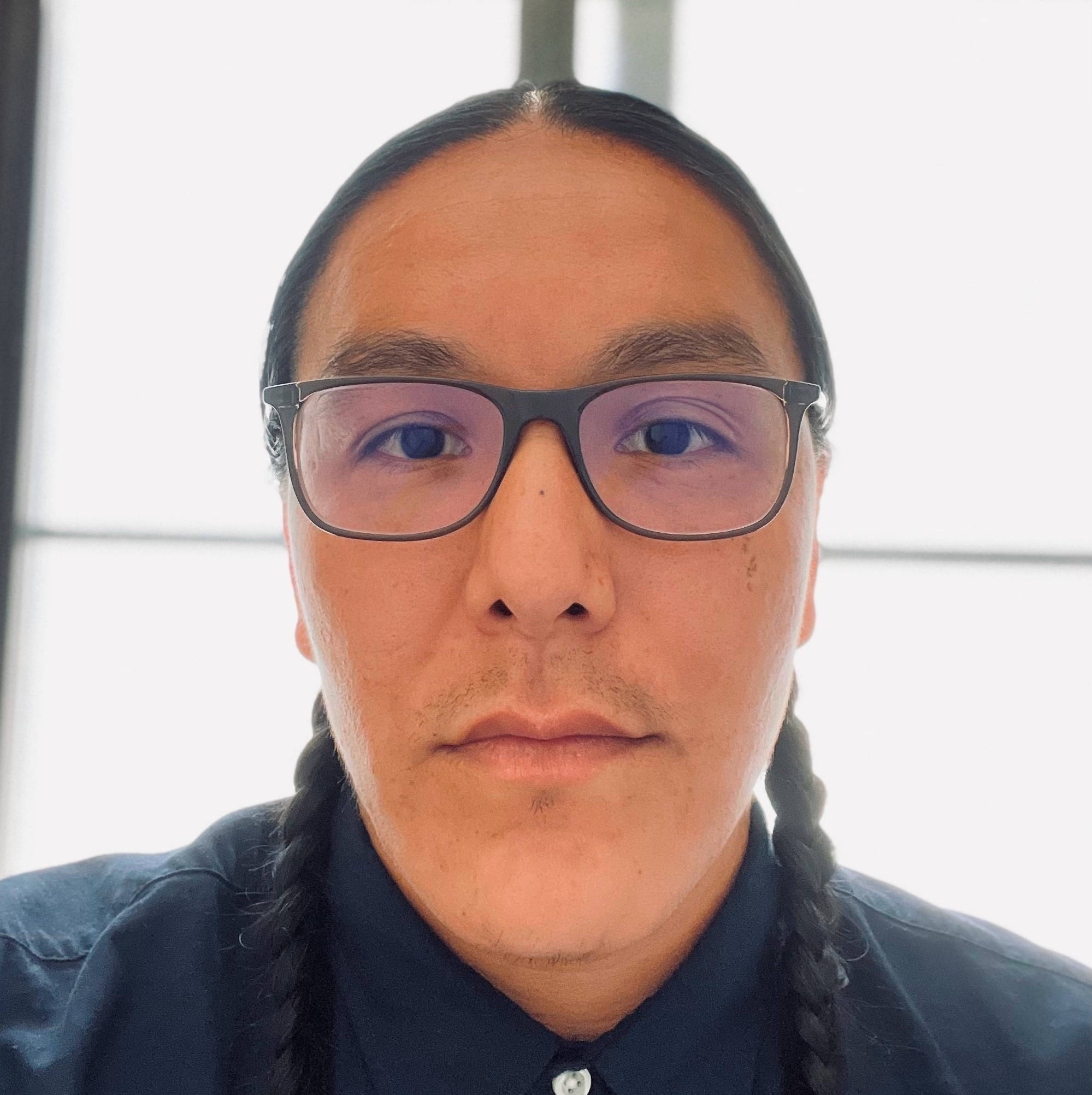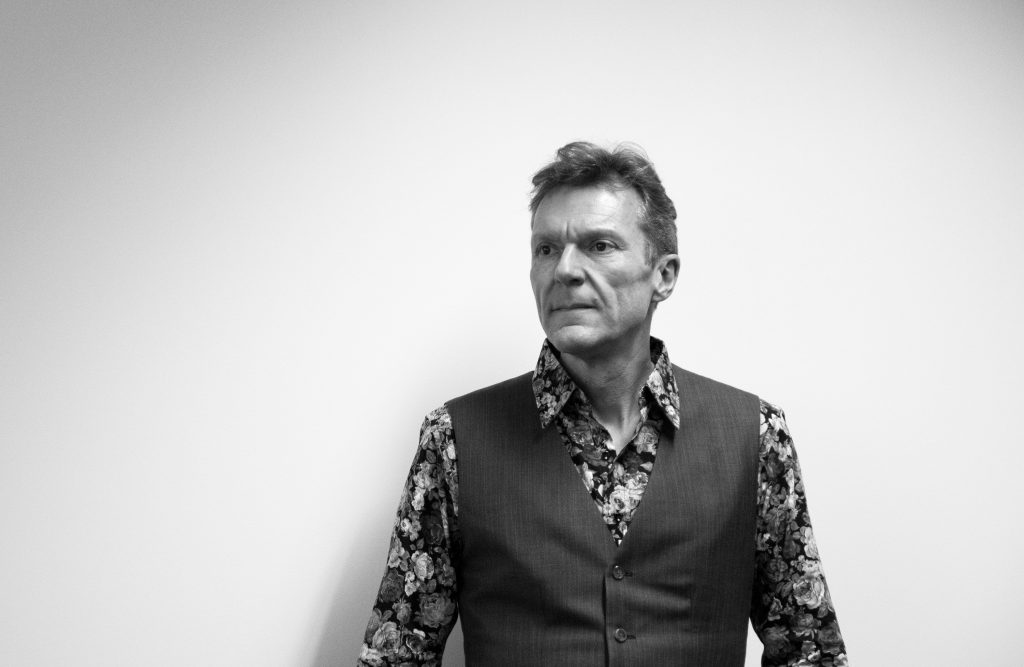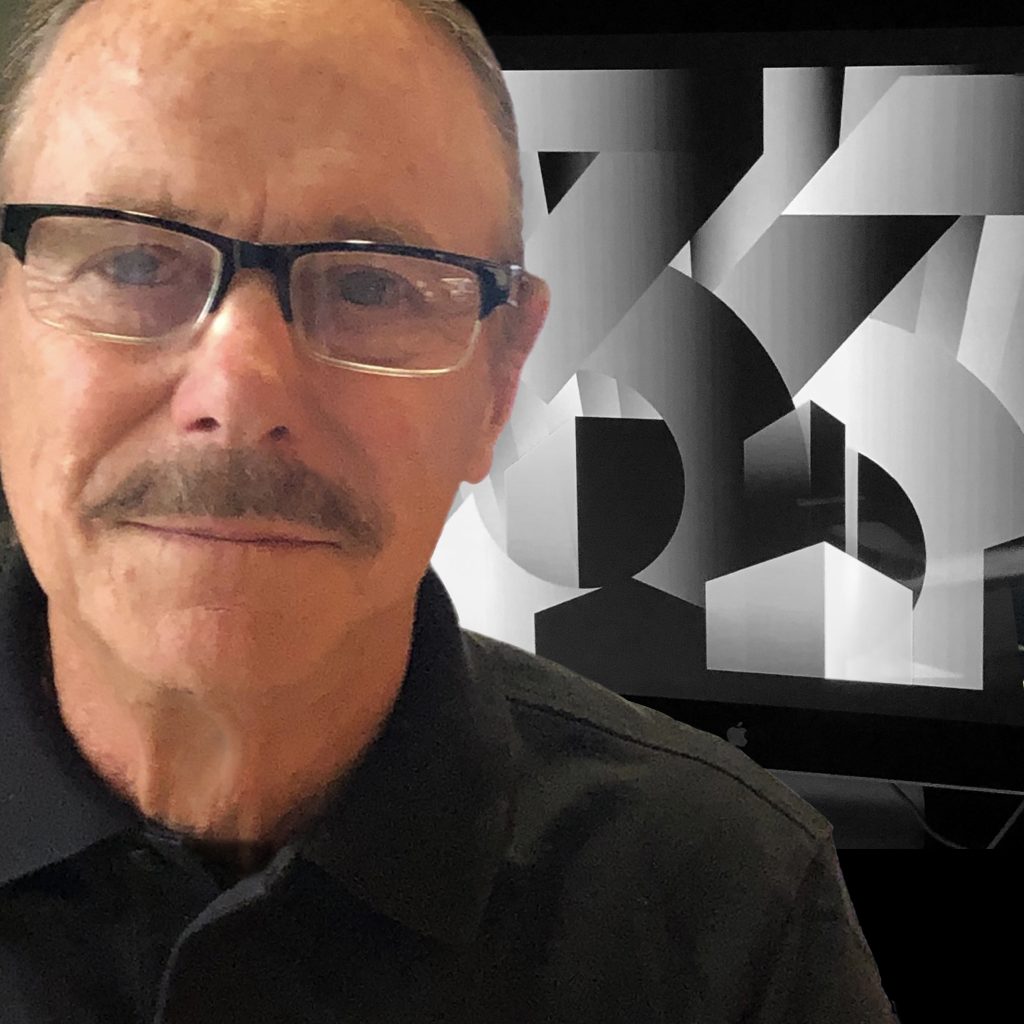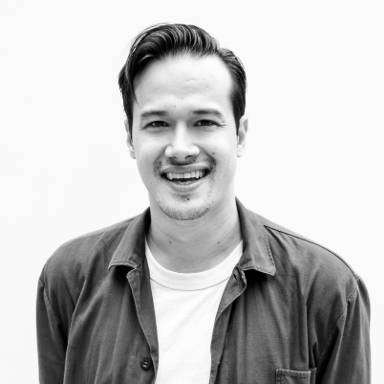A discussion on Indigenous languages, academia, and the new Ezhishin Scholarship with Leo Vicenti
Can you give us a little backstory about how you ended up teaching at Emily Carr?
I received my BA from Fort Lewis College in Durango, Colorado. Then worked in various creative capacities before falling into exhibition design and Indigenous cultural projects. After a number of years, I pursued a graduate degree at the School of the Art Institute of Chicago, where my studies in visual communication design engaged with Indigenous languages. During this time, I also started teaching and continued those interests after graduating. While taking courses in type design and teaching design, I connected with Emily Carr, where I ended up accepting an offer to teach full-time, which has been life-changing! I feel that I’ve gained lifelong relationships in my type family as well as the community that I continue to develop with EC.
Have you always wanted to be a teacher?
When I was young, I initially wanted to be a doctor, but I don’t think I knew everything that it entailed at that time in my life. I think I thought it was cool to help people - which I still believe in now. As I found my calling in art and design, teaching was something fun and an obvious need for the communities that I served.
Before going to graduate school, I was already working in exhibitions and helping organize a lecture series which I considered a form of public education. So, when I started taking on teaching assistant positions at (SAIC), it wasn’t too far off from what I was already doing, which I really enjoyed and felt was very impactful and meaningful work.
I was raised in a traditional arts family, so creativity was always around me growing up. Even today, Indigenous peoples are naturally talented creatives. That background just set the foundations for my studies and interests.
How would you describe your teaching and design styles? And please explain what visual communication design is exactly.
Teaching is a difficult thing today because we have to navigate colonial forces and schools of thought. When we say “teaching styles,” we have to think critically about whose “teachings” we are perpetuating. Are they subjects that advance colonialism, or are we considering Indigenous worldviews and self-determination? There are ideas in decolonization and Indigenization that are also valuable perspectives.
In my courses, I believe learning happens on a scale of growth and proficiency. So wherever the individual is on their learning path, they have the opportunity to make steps in growth, and proficiency. But, how that happens can take a number of forms depending on your course topic and program.
I don’t remember where it’s stated, but I think it’s spot on. “Visual communication design is design that uses any means to communicate the desired outcome.” It’s a great definition because it leaves so much openness to this question which allows for more freedom to interpret design outcomes. We are not confined in a lot of ways.
“Style” isn’t a great word to describe my work, but what I do in creative spaces is alive. It’s constant. It lives in different forms. It changes. And that’s a beautiful thing! I come from a rich cultural heritage that has informed my whole life, so it’s not so much a practice as a way of life.
“ ‘Style’ isn’t a great word to describe my work, but what I do in creative spaces is alive. It’s constant. It lives in different forms. It changes. And that’s a beautiful thing!”
“Our hope is to acknowledge and respect the spiritual life of Indigenous languages and support the empowerment of the linguistic diversity of this continent, which has historically underrepresented Indigenous worldviews.” Can you elaborate on this statement that you made?
By providing this statement, there is a hope to lay a foundation for understanding the beauty and capacities of our living Indigenous languages while also not limiting the possibilities going forward. Indigenous languages are getting support now, and that’s so great for these language communities! The support and representation we get right now are leading us collectively down a path of innovation, and that’s what this opportunity is doing.
What is your personal relationship to Indigenous cultures, and how and why did you want to get involved in this scholarship?
I grew up on our rural reservation in northern New Mexico. My family has always been a part of the fabric of our community, and that’s what I’m familiar with. My website features our Jicarilla Apache language. We are all about community, and that’s what resonates in the scholarship. It’s about supporting Indigenous communities and making it easy to channel the support needed to grow. I think this is critical work, so I wanted to make sure we emphasize that alongside the showcase of the Ezhishin conference to paint a broader picture of our interests. I’ve known Neebin for some time, and I value all the things that she’s done, so I’m grateful she reached out to me to be a part of this scholarship!
You also lead a workshop during Ezhishin. For the people who missed it, what was it about?
I led a workshop entitled, “Getting Started: Self-determination.” It was a critical exercise in breaking down how to look at type from my perspective and highlighting the need for practitioners and decision-making as this area grows. My goal was that participants were able to take away something from looking into my practice. There were insights into the past work that I’ve done, my thoughts on pedagogy, critical thinking, identity, making a decision, and even just making a mark.
How do we listen to and incorporate Native voices into the education system, and how are you leading the way at Emily Carr University?
I truly believe education needs to be a collaborative effort. There need to be ways for states and governments to collaborate with Indigenous communities and support their perspectives. When there is no support, like Oklahoma’s Anti-Critical Race Theory (CRT) law, it derails efforts to teach the complex histories of Indigenous communities and works against any reconciliation efforts that might have been built up to that point.
“I truly believe education needs to be a collaborative effort. There need to be ways for states and governments to collaborate with Indigenous communities and support their perspectives.”
In academia, these issues are examples of what we are trying to address, and Emily Carr has been the most understanding, supportive, and direct in taking on these challenges. They have my back, and I’ve got theirs. We are doing a lot of groundbreaking work and I hope people take notice.
Why is it important to protect Indigenous languages and cultures in Native communities and allow them to flourish today? And what can we do to help promote this conversation at The One Club?
Indigenous cultures and languages have been historically oppressed. So, to allow the languages to flourish, means the cultures in turn, will flourish. I think it’s important to make space for this going forward, and to allow Indigenous communities these possibilities and support.
“Indigenous cultures and languages have been historically oppressed. So, to allow the languages to flourish, means the cultures in turn, will flourish.”
The conference was a great start to showcase Indigenous perspectives in language and type. The scholarship is unique in itself and offers life-changing support for applicants and future designers. To keep promoting this dialogue is super helpful in keeping this momentum and building on it all.
What do visual communication and typography mean to you?
Visual Communication has prepared me to explore and understand the world. It’s allowed me the privilege of entering and working in professional, academic, and cultural spaces. I hope that with every project I take on, in some way, I’m able to contribute to the world in a positive way.
I have so many thoughts on language. When I reflect on our own language, I can’t help but think it’s such a beautiful Indigenous technology. To let it live through a solid form like typography is allowing it to thrive in a new territory. Digital technology makes it more accessible for younger and older generations alike, but we are also tasked with the challenges it comes with. Formally, there is something magical in designing typefaces, and there are parallels between Indigenous languages and the creative spaces of art and design.
With this scholarship, what are you hoping the impact will be in the type community?
My hope is that at some point, the type community in North America will reflect the language diversity we have in Indigenous communities, with Indigenous designers, representing the variety of families of Indigenous languages, and ideally designing typefaces for these language families. I hope this brings more Indigenous practitioners into design, type design, and academia. And I hope that companies, organizations, institutions, and governments all see this work and decide to contribute or create their own initiatives for this space.
Learn more about the Ezhishin Scholarship and apply today! The deadline to apply is Friday, March 24.




